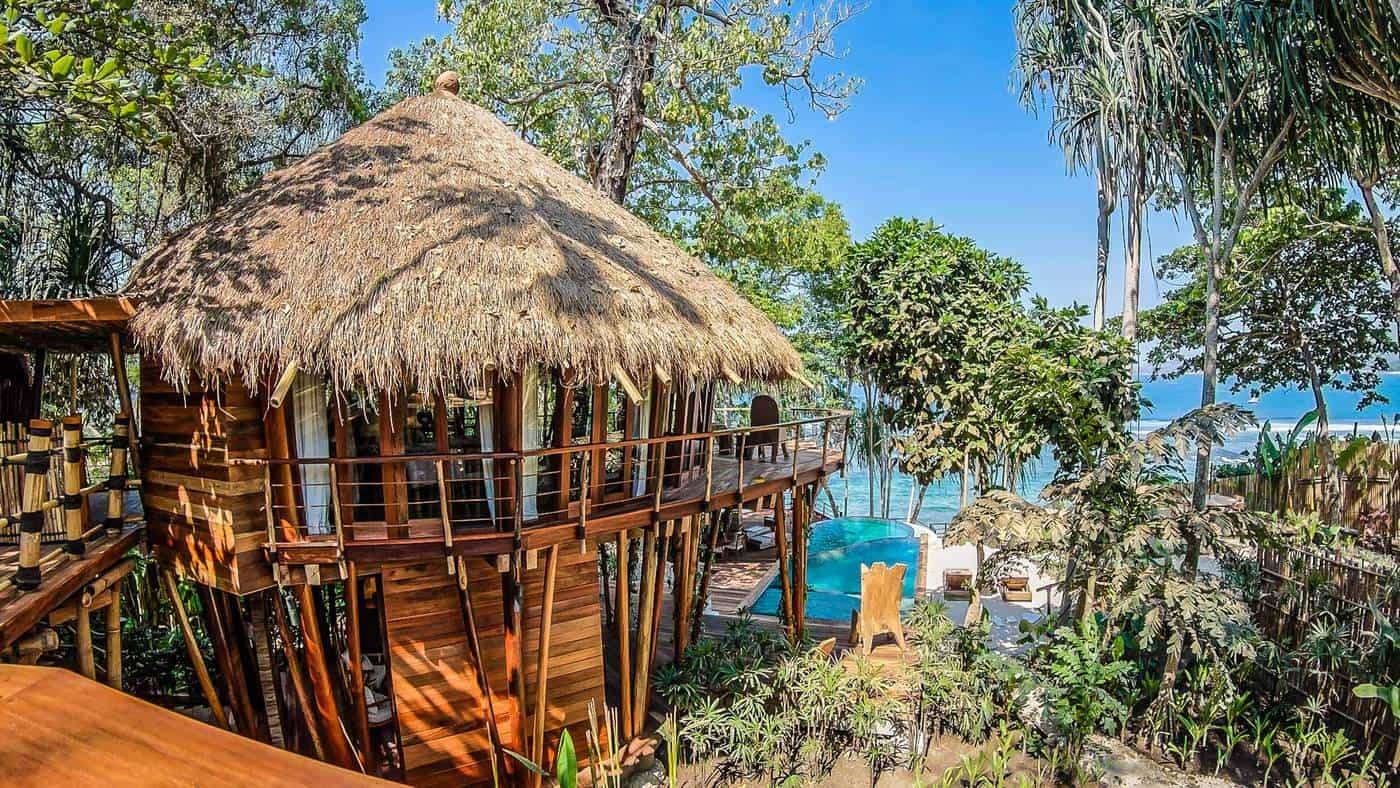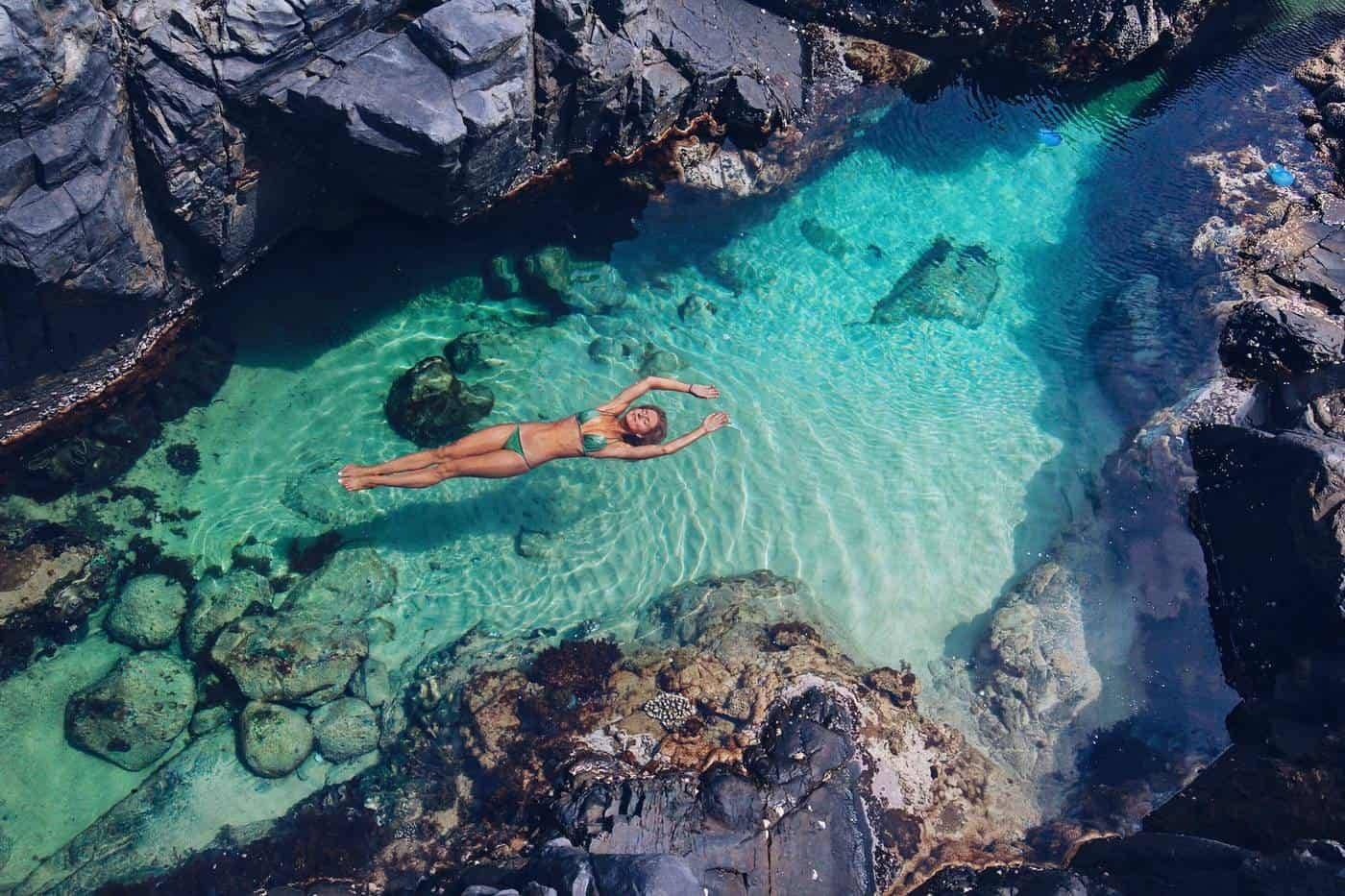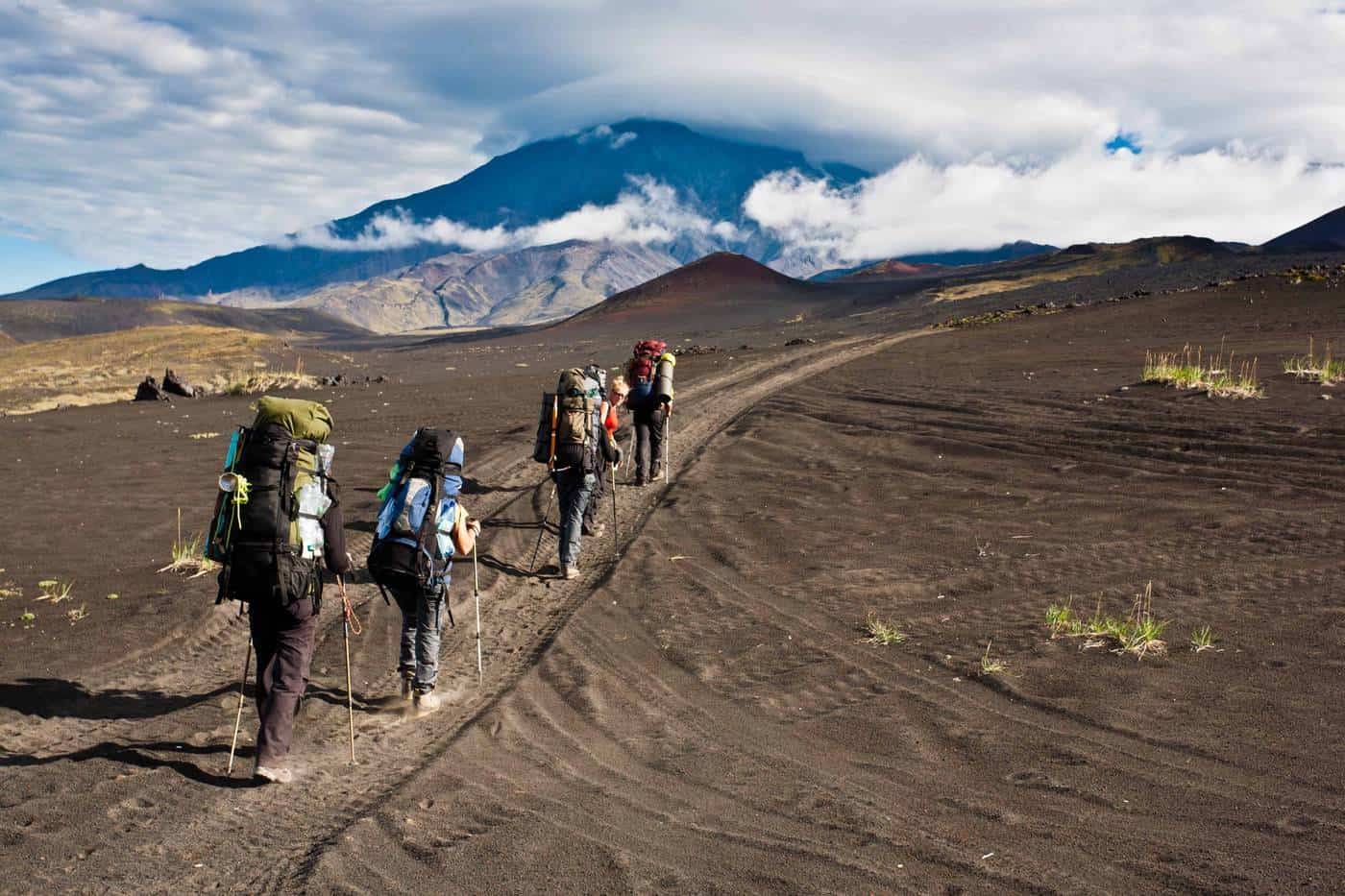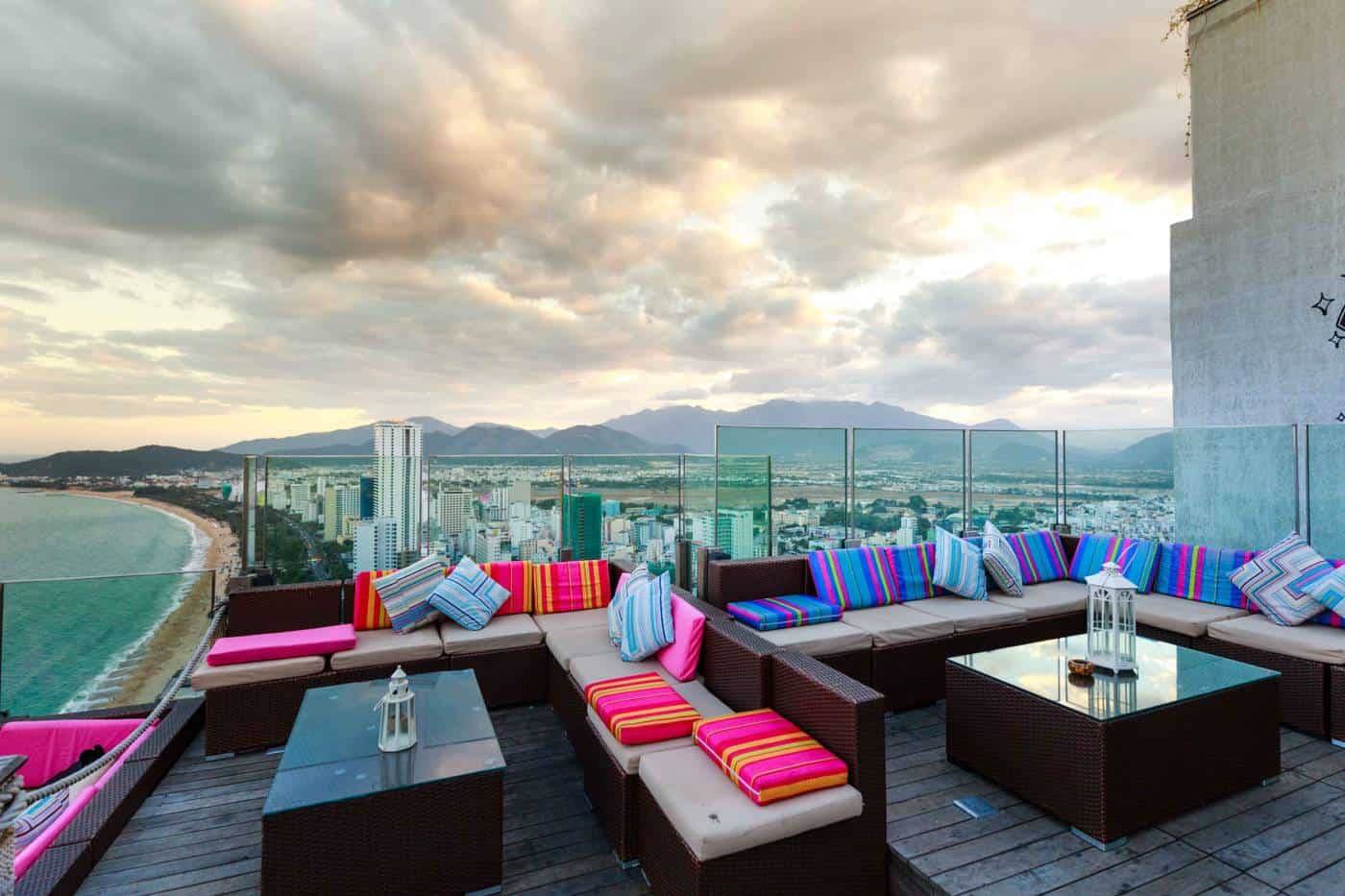
NIHI SUMBA ISLAND AND WEEKURI LAGOON
Rated as the world`s best hotel in 2016 and 2017, the Nihi Eco-Resort made it to many international travel magazines. It is nor Fiji neither Hawaii, not even Bali, where the lavish tropical paradise is hiding. It is the little known Sumba. Although relatively small and remote, the island attracted investors for a good reason. Blessed with a mighty swell of the Indian Ocean, balmy temperatures and pristine jungles – what else do you need to build a secluded eco-retreat?
WHERE IS SUMBA
Humbly sitting between the islands of Sumbawa, Flores and Timor, Pulau Sumba enjoys the tropical climate and relatively close distance to Australia. One would assume that being among the poorest islands of the Indonesian Archipelago, Sumba has not much to promise. Yet, there is a great reward awaiting here for a curious traveller.
CHARACTER OF SUMBA
Surfers are familiar with Sumba`s southern coastline – it provides a fantastic left-hand break and uncrowded surf. Dry and craggy mountains on the East Coast beautifully contrast with the lush western rainforest, while the central grasslands are covered with tribal villages and megaliths.
Merchants have been coming to Sumba for sandalwood and the finest ikat for decades, and still, now the hand-made textiles are woven and threaded in a traditional way.
Today, the Sumbese might still be a developing nation but their culture and nature rich. Perhaps it is the island`s split personality what makes it so alluring. The lone wilderness of Sumba is home to one of the world`s most sophisticated hotels – Nihi Sumba Island.
NIHI SUMBA ISLAND (THE NIHIWATU ECO-RESORT)
When the American billionaire Chris Burch discovered Sumba, he thought that “it felt like being in Africa”: headhunting tribes, horsemen and hatch-roof-topped houses with local women weaving and threading on verandas from dusk till dawn. What was originally meant to be a surf lodge turned into a fine indulgence.
Formerly known ‘Nihiwatu Eco-Resort’, the facility was renamed and it is currently called ‘Nihi Sumba Island’, the tropical jungle estate is an embodiment of divinity: the complex presents secluded villas with infinity pools, splendid tree house, semi-open bathrooms, stylish open-air restaurant with views, sandy-floored beach club, lush garden and private beach.
There is a wide selection of activities & tours, including safari & culture tours, surf & yoga classes, wellness, hiking, fishing, horse riding, paddle boarding and many other excursions made to measure.
NIHI – THE WORLD`S BEST ECO-RESORT
The most interesting feature, however, is the authentic character of the facility; traditional Sumbese style is well-preserved, and staff working in the hotel mostly comes from Sumba.
Based on all these qualities, the Nihi Sumba Island eco-resort was awarded the title ‘World’s Best Hotel in 2016 & 2017’ for its native ambience and authentic local experience.
Today, ‘Nihi’ is not a secret anymore, albeit the nearby Weekuri lagoon remains widely unknown. The striking saltwater lake should be on every visitor`s bucket list!
WEEKURI LAKE
A small lagoon with every hue of blue imaginable, fringed by lush tropical greenery, is a definitely a place worth spending a day when in Sumba. With crystal clear water and sandy bottom, this lagoon is perfect for cooling off after a long journey.
Indeed, it is not an easy destination; from the Nihi Sumba Resort, it takes about 3 hour-long, bumpy ride to reach the hideaway. But once you have got there you will hardly want to leave.
Although the salt-water lagoon has gained some attention it is still far from being crowded. There is a jumping deck, simple gazebo and restrooms for the visitors. The best views are from the rocky cliffs as it offers views of the entire lake and the crashing sea below that feeds the lake with fresh seawater. Don`t forget to pack your camera!
TRAVEL TIP
To extend your trip, stop by at the nearby Mandorak Beach – a secluded white-sand beach enclosed by rocky outcrops.
WHAT TO DO IN SUMBA
- Horseback Riding – the horse is an inseparable part of every man and it is a great experience to ride a horse along the endless beaches of Sumba
- Surfing & Beaches – the southern coast of Sumba provides world-class surfing locations and fabulous open ocean beaches
- Culture villages & megaliths – Sumba is home to several animist tribes and fascinating megalithic graves (traditional villages can be visited)
- Ikat – browse around the local markets and pick your favourite ikat shawl
- Pasola – the most important cultural event of a year (colourful harvest festival)
HOW TO GET THERE
Sumba can be accessed by boat or by aeroplane.
1.Ferry from Ende/Flores to Waingapu/Sumba
2.Ferry from Sape/Sumbawa to Waikelo/Sumba
3.There is also a domestic airport in Waingapu (for flights from Bali, Java and Flores see https://www.garuda-indonesia.com/)
For all international flights check out www.skyscanner.com or www.momondo.com
WHEN TO TRAVEL
Sumba gets heavy rain falls between December and February, and it is almost impossible here to travel in these months. Shoulder season months are March-April and October-November.
The peak time (dry season) goes from June until September – these months are the safest option.
Remember that the main festivals Pasola takes place in February if you are interested in visiting.




















